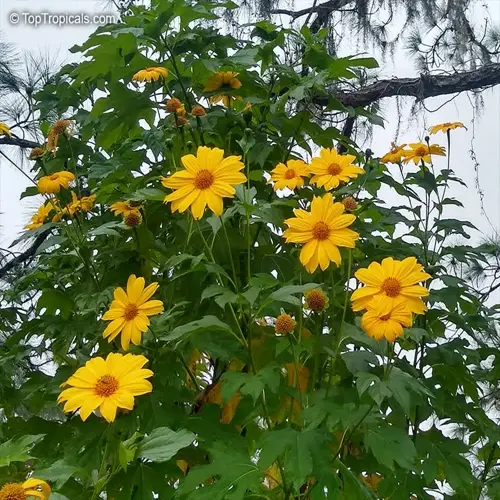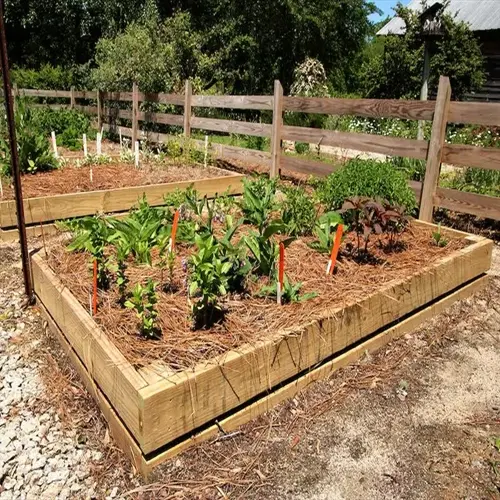Are wildflowers invasive to other garden areas?

Written by
Michael Sullivan
Reviewed by
Prof. Samuel Fitzgerald, Ph.D.When native species are carefully selected, they are less likely to colonize gardens, unlike aggressive non-native species. I learned this after bachelor buttons invaded my vegetable bed. True natives, such as milkweed, are intentionally kept and help provide food to local insect populations. Knowing the traits of plants can help prevent accidental spreading into grass or surrounding areas.
Native Selection Criteria
- Choose clump-forming species over runners
- Verify regional native status through extension offices
- Avoid self-seeding varieties near property lines
- Prioritize plants with low fertility requirements
Containment Strategies
- Install root barriers 12 inches deep for vigorous species
- Mow perimeter paths monthly to block spread
- Deadhead flowers before seed dispersal
- Use raised beds for potentially aggressive varieties
Ecological Safeguards
- Purchase certified local-provenance seeds
- Report invasive sightings to agricultural extensions
- Monitor hybrid varieties for unexpected vigor
- Maintain buffer zones with native grasses
Be sure to identify high-risk species before you plant. Non-native species, such as forget-me-nots, spread by water transport, whereas mint relatives spread by underground runners. My county extension offers regional watchlists for environmentally problematic plants. It is always important to verify scientific names because common names are often misleading and variable.
Create gardens with containment areas; I use gravel paths and deep edging between robust natives such as goldenrod. On slopes, I like to plant erosion control grasses as buffers. Container gardening has total containment. All allow biodiversity to persist with no ecological harm.
Check on established plantings seasonally. In the spring, the runners emerge after rainfall. In the autumn, the seeds float on the wind. I scour the boundaries every week when things are growing fast. Simple answers are sometimes the best... if you can catch them before it's too late. Hopefully, balanced native habitats (which were thoughtfully planted) need little additional effort to contain.
Read the full article: When to Plant Wildflowers: Ultimate Guide

